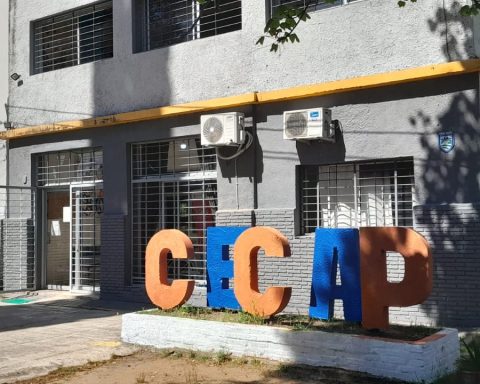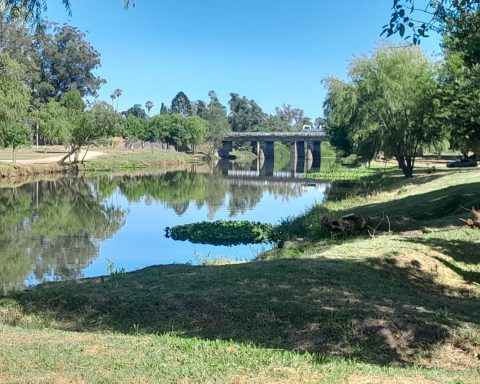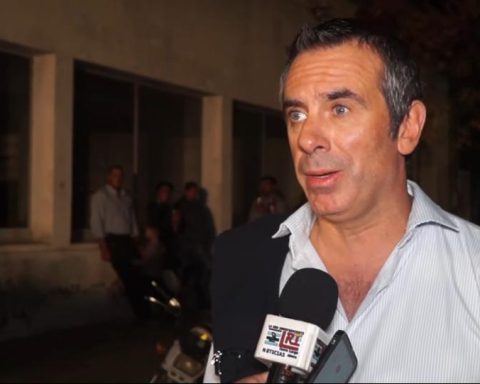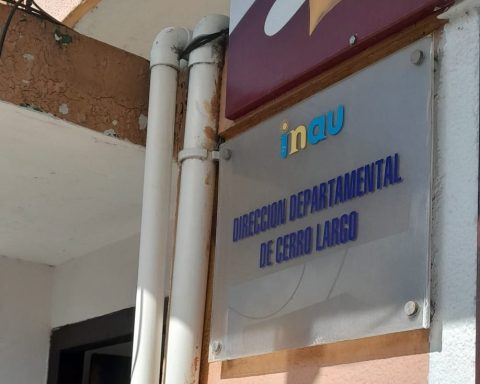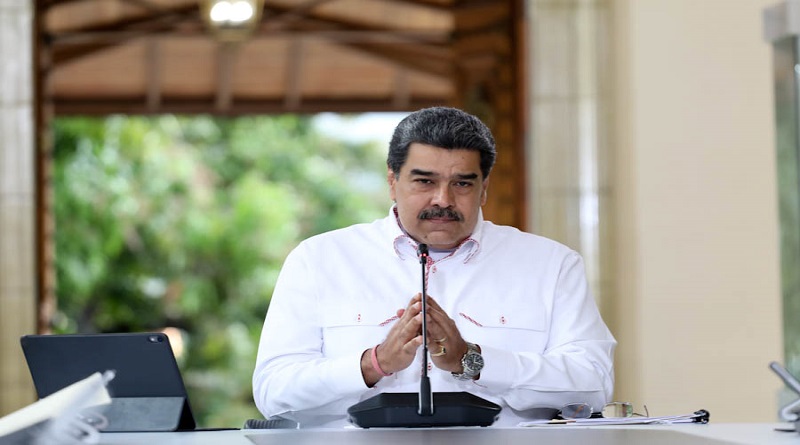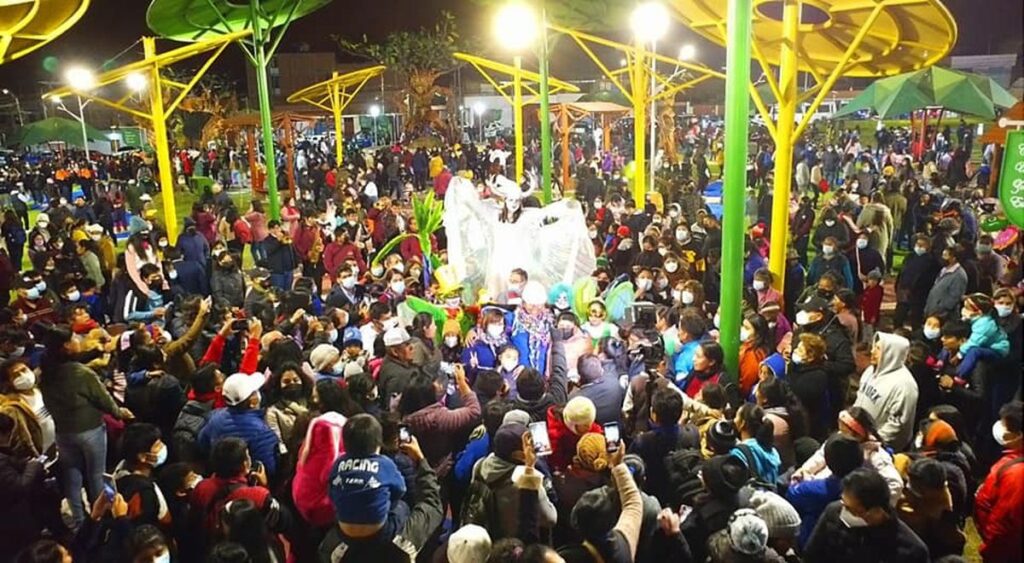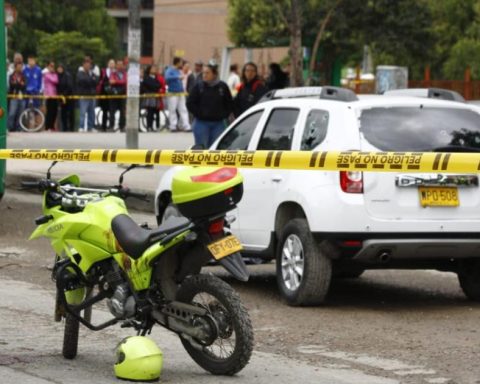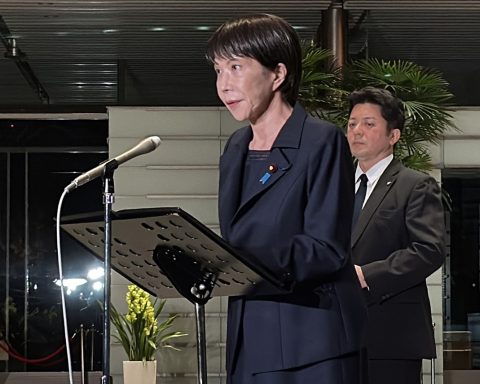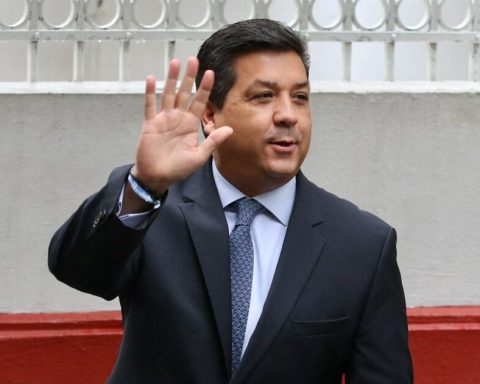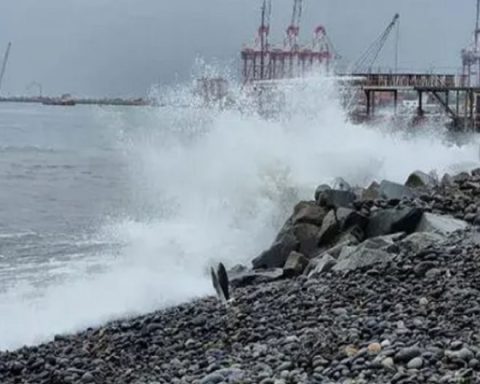By the end of 2022 there will be a charger for electric vehicles every 50 kilometers in the national territory. This is one of the objectives set by UTE in electric mobility. At least 20 of those teams will be fast charging. And by 2023 there will be 50 fast chargers, in a network that will be made up of some 300 recharging stations distributed throughout the country.
DC technology allows vehicle batteries to be charged up to 80% in half an hour . Today most of those installed are alternate charging and usually take between seven and eight hours for a battery to reach 100% of its power.
“It is a very important challenge from the point of view of investments and operations. And it is a bet that we are making to break down one of the barriers: ‘I buy an electric vehicle. Where do I charge it if I move beyond the autonomy of the vehicle?”, said the president of UTE, Silvia Emaldi days ago during an event of the Uruguayan Association of Renewable Energies (Auder). Currently the national network has about 150 plugs available.
The president of the entity added that all types of electric vehicles can be charged in the fast recharging network. Emaldi explained that the equipment that has already been purchased is all under European standards, and among those that will be purchased for installation next year, Chinese standard chargers will also be included.
Payment with electronic means
On the so-called “electric route” The payment mechanism currently enabled is through a recharge card provided by UTE, and which is requested from the company. On a monthly basis, the entity sends the user a detail of the charges made with his card, and an invoice associated with them.
But soon it will be possible to pay using electronic means of payment, such as mobile payment applications or credit cards. This would facilitate the experience of local users, and also that of foreigners, for example, from Argentina or Brazil, who will be sure that the vehicle will be able to continue operating when crossing the border.
At all points in the UTE recharging network, the electric mobility rate is applied. In this rate the costs are differentiated in three time slots with different prices.
During off-peak hours (from 00:00 to 07:00) the price is $3,363 kWh; during normal hours (from 07:00 to 18:00 and from 22:00 to 00:00) the price is $6,253 kWh; and in peak hours (from 6:00 p.m. to 10:00 p.m.) $ 16,335 kWh are paid, according to the current tariff schedule. The time slots respond to the current electricity generation system that is based on renewable sources, where there is a greater supply of energy at dawn with the remaining capacity of the electricity networks.
Infrastructure
Infrastructure development is taking place in various ways. One is through agreements with the departmental administrations. UTE provides the equipment and technical service, and the municipalities have public spaces for its installation. In addition there is an agreement with Ancap for the installation of chargers in stations of the Ducsa network. A third way is the installation of chargers in parking lots of large surfaces and shopping centers.
So far the installation of chargers is state only initiative, since for private companies this type of project is still not profitable enough. This is because the energy consumption would be simply to complete the battery charge, since in general users connect their vehicles at home at night. “This implies that the investment of the electric charger compared to what can be charged to those who complete their charge (on the route) has not yet been profitable enough for other investors to be en masse,” Emaldi had told El País some time ago. .
UTE Moves
The UTE Mueve application for cell phones uses geolocation to indicate to the user where the nearest charging point is, in addition to offering information on the availability of the point. It also allows the historical consultation of the charging sessions carried out by the user.
